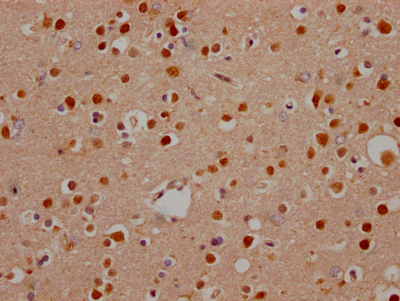NOTCH1 activation is important in the hematological system at various phases of T-cell development. Because of a failure in the specification of the T-cell lineage, ablation of NOTCH1 function in hematological progenitors causes a total halt at the early stages of T-cell lymphopoiesis. NOTCH1 signaling is required at various phases of T-cell development and plays a role in progression through the early DN1, DN2, and DN3 stages of thymocyte maturation, in addition to its early role in T-cell lineage specification. NOTCH1 signaling is also involved in the regulation of TCRB gene rearrangement, as well as lineage decisions between vs. lineages and, in some cases, CD4 vs. CD8 lineages.
The production of this recombinant NOTCH1 antibody started with immunization. And then the workflow included B cell harvest and enrichment; import single B cell; assays to identify the specificity, affinity & functionality of the cell; export the single B cell; cDNA synthesis and sequencing; express the NOTCH1 antibody in mammalian cells. The target NOTCH1 antibody was validated in ELISA, WB, IHC.





